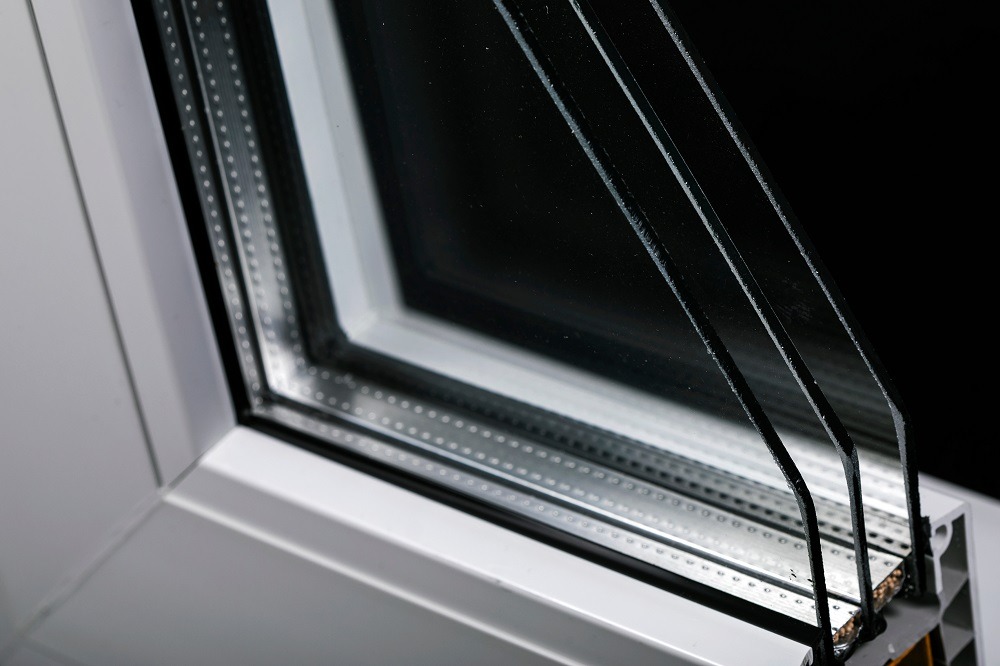When homeowners purchase new windows, they consider the type and style of window they want and even consider the color and how they will aesthetically complement their home. Most often, little consideration goes to the glass itself and many homeowners don’t even know they have glass options to choose from. When considering glass options, it’s important to understand the glass types and their differences in performance to help you decide which glass will be best for your home.
Two Panes Are Better Than One
For hundreds of years windows have been constructed with a single pane of glass, which works fine as a basic window to let in sunlight and have views, but they don’t insulate the warm in winter or cool in summer. Then in the 1950s double pane windows were created by combining two panes of glass separated by a small space to act as an insulator. Over the years this new technique would be the beginning of improvements to come.
Low E Coatings Block Radiation
When the sun shines through a window, the sun radiates infrared light into the room and heats it, which is undesirable on a hot summer day. Any objects in the room also get warm and can emit heat radiation. This causes a warm room to lose heat by radiating it back through the window to the outside, making a room chilly on a cold winter night. Glass alone cannot reduce these unfavorable effects of radiant heat transfer, but low emissivity (Low E) coatings on the glass can.
Low E coatings are microscopically thin metal coatings that are applied to the surface of window glass. This coating is designed to reflect radiant heat, which reduces heat transfer. Low E coatings can minimize ultraviolet light (UV) passing through a window from the sun. UV radiation through windows can cause fading and deterioration of your home’s flooring, furniture, and other indoor items.
Insulating Glass with Gas
Glass manufacturers discovered greater insulating values could be achieved by separating the two glass panes by a 1/2 inch and filling the space with an inert gas called argon. This type of glass assembly is referred to as an insulating glass unit (IGU). Another type of insulating gas is Krypton, which is even more effective than argon but is much more expensive to create, so that is why argon remains the standard gas for insulating glass. While insulated glass with argon helps thermal efficiency, indoor comfort levels are more controlled by Low E coatings.
How Glass is Rated
Window glass has ratings that measure several factors for performance. Here are the primary ways window glass is rated.
U FACTOR
U factor measures how well a window holds the heat inside your home and measures heat flow through a window. The lower the U factor the greater the insulating capabilities and energy efficiency.
SOLAR HEAT GAIN
Solar Heat Gain Coefficient (SHGC) measures how much radiant heat enters your home through the window. So, if you want more shading qualities this is a good choice. The lower the SHGC rating the less heat that is transmitted in the home.
Visible Transmittance
This rating measures how clear the glass is. While Low E coatings are thin and almost invisible each layer does reduce the visibility minimally. With this rating the higher the visible transmittance number, the clearer the glass is.
When it comes time to replace your home’s windows, it is important to understand the different types of glass and their performance levels. Not all window glass is created equal, and depending on your needs, you may want to choose a type that offers better insulation, noise reduction, or security. If you are looking for a new window glass option that provides superior performance, call our experienced team at Complete Window Care today. We would be happy to help you find the perfect solution for your home.

